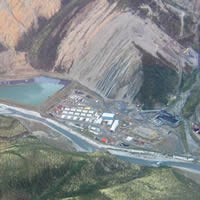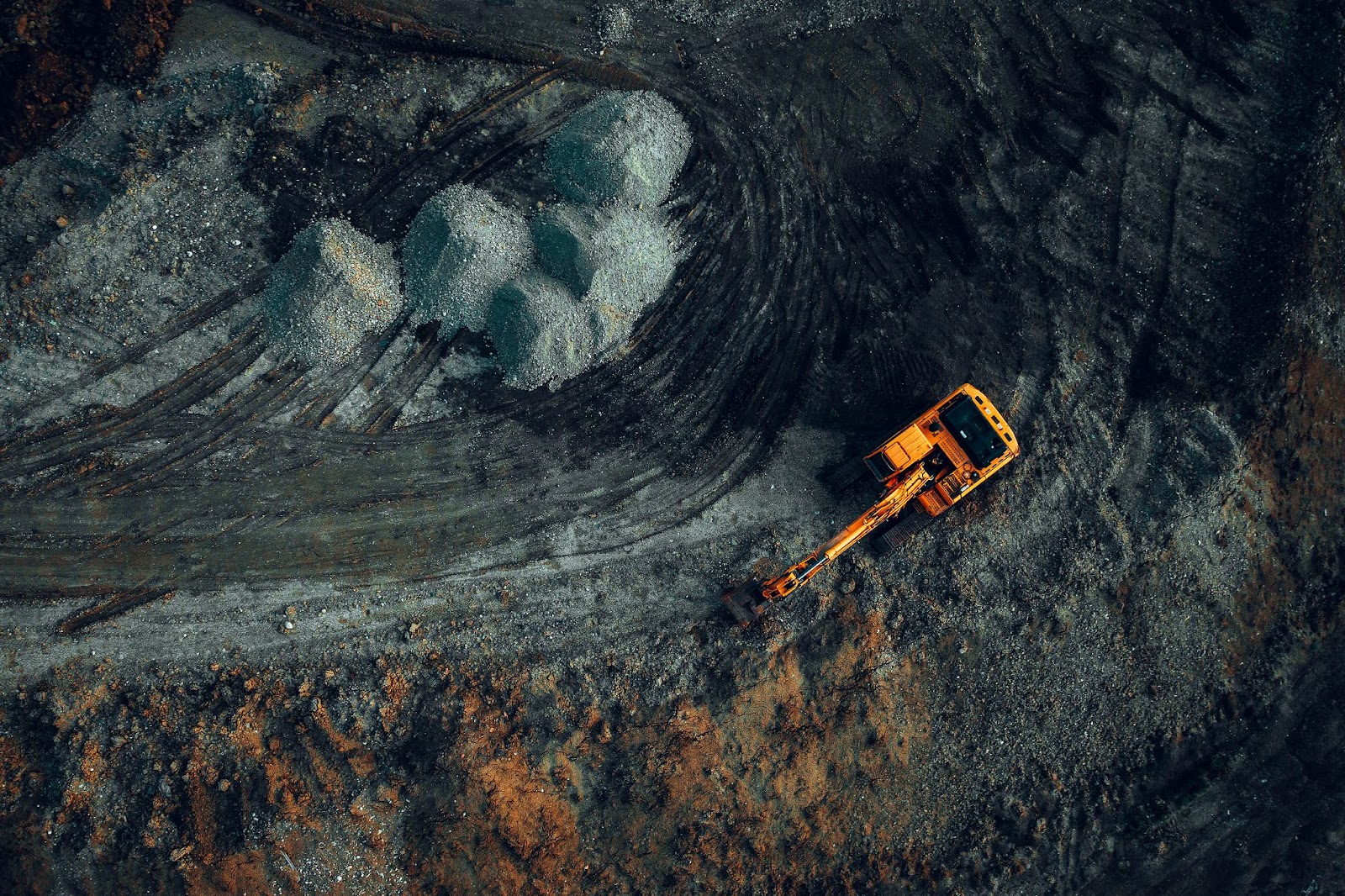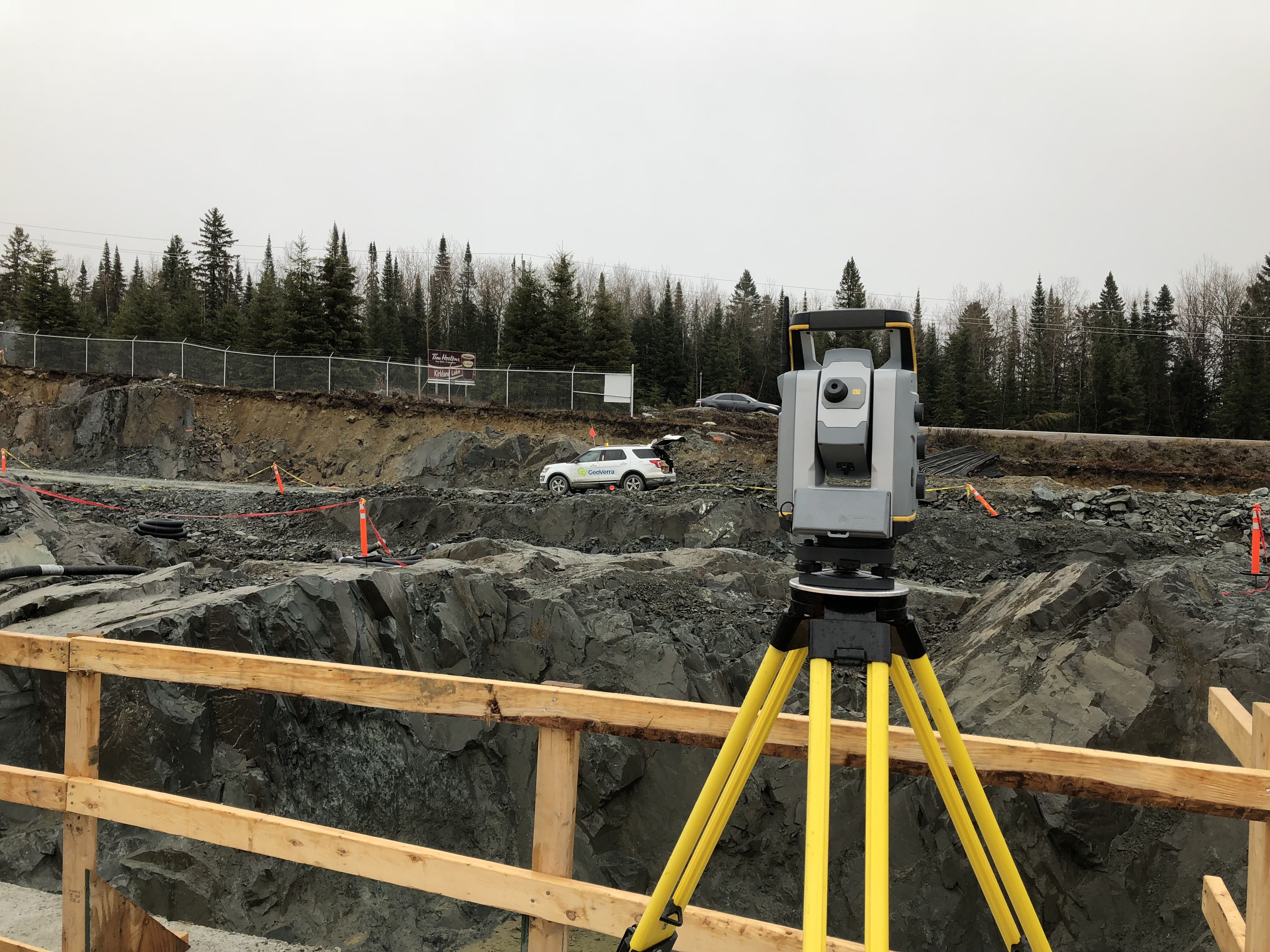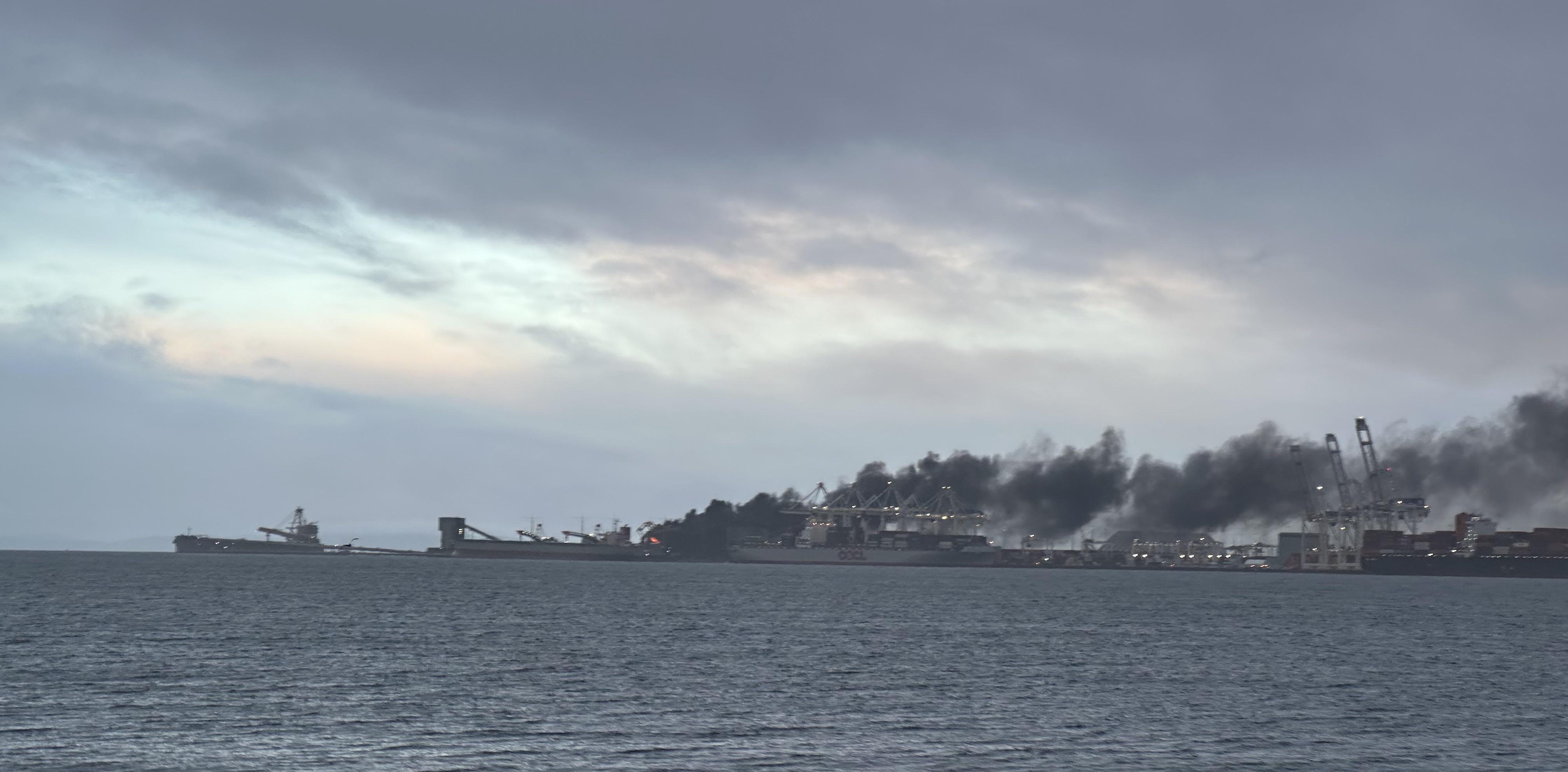Good timing for zinc

1 of 5This photo shows Canadian Zinc's Prairie Creek Mine site in the Northwest Territories; the airstrip is seen on the left. — Photo courtesy Canadi
1 of 5This photo shows Canadian Zinc's Prairie Creek Mine site in the Northwest Territories; the airstrip is seen on the left. — Photo courtesy Canadian Zinc Corporation
The advanced-stage zinc-lead-silver property situated just a half hour flight west of Fort Simpson in the Northwest Territories has been on the verge of production for almost four decades.
It was discovered by an ex-RCMP officer in 1926, and held such promise that would-be explorers would crash-land on the beach before there was an airstrip.
The Prairie Creek Mine was initially set up and prepared for operation in the early '70s by the Hunt brothers of Cadillac Resources, who hailed from Texas and had a dream to corner the silver market.
Just three months before the mine was set to begin production, though, the Texan company went bankrupt and walked away in one day—but not before setting up an almost completely functioning mining operation that no one ever flipped the switch on.
In 1992, San Andreas went in; Alan Taylor joined the company in 1994. San Andreas was renamed Canadian Zinc Corporation in 1999 by Taylor, now the company's vice-president of exploration and chief operating officer, and director John MacPherson; then Canadian Zinc completed a drilling program with the intent to move into production.
In 2009, the Nahanni National Park Reserve—a UNESCO World Heritage Site since 1978—was expanded and subsequently surrounds the Prairie Creek Mine site.
“The environmental process is strict and can be laborious, even though it obviously has merit,” said Taylor. “It costs a lot of time and money, and it can be challenging for small junior mining companies. In our particular location, surrounded by a national park and world heritage site, it wasn’t easy.”
Canadian Zinc’s multi-year environmental assessment (EA) process ended in November 2013 when the company finally received the permit to mine.
The 30-year-old infrastructure needs upgrading—it is 30 per cent less efficient than new equipment, and has been subjected to sitting in a pristine, unused condition—the weight alone on the generators would flatten the bearings, for instance.
“We are currently going through the process of detailing out the equipment to see what we can use and what is of recyclable value to help reduce the costs,” said Taylor.
Despite the project's challenges, Taylor remains committed to Prairie Creek.
Taylor is a geologist by trade—he studied at Brock University and completed a master's degree at Western University. Always a big fan of the outdoors, he became involved in uranium exploration in his early years, and then explored for gold throughout Canada.
Over the years, the cyclical industry has presented opportunities and challenges, not the least of which is the current trend toward hard-to-find resources and remote locales.
Recessionary markets and soft or low metal prices have had an impact on Canadian Zinc, and Taylor is looking forward to the market turnaround and raising some serious financing.
Many investors want an appreciation of their investment in a short time, Taylor said.
“We’ve managed to attract some long-term investors with patience and it has served the project well," he said. “We are just not sure how strong or how soon the market will come back. The outlook for base metals is strong right now—for zinc, in particular. There is a deficit occurring in the world market. The timing might be good.”
Taylor said placing the Prairie Creek Mine into production and witnessing the benefits to the investor base, the region and the company will be his biggest career achievement.
Canadian Zinc hopes to see some signs of what the financial needs will be by the end of the second quarter or the start of the third quarter of this year, said Taylor, to determine what money it needs to raise for operations.
The company has signed two Impact Benefit Agreements with two First Nations bands: the Nahanni Butte Dene Band, situated about 100 kilometres southeast of the Prairie Creek Mine, and the Liidlii Kue First Nation of Fort Simpson, N.W.T., which is approximately 250 kilometres east of the project.
It also signed a Socio-Economic Agreement with the government of the Northwest Territories in 2011.
“Everything takes time and those things are working in tandem with the regulatory process, which we knew would take a long time,” Taylor said. “It is a great opportunity for us and for the region to develop because there isn’t a lot of economic development in this neck of the woods.
“Consistency goes a long way in moving projects, rather than flip-flopping and trying to reinvent the wheel."




